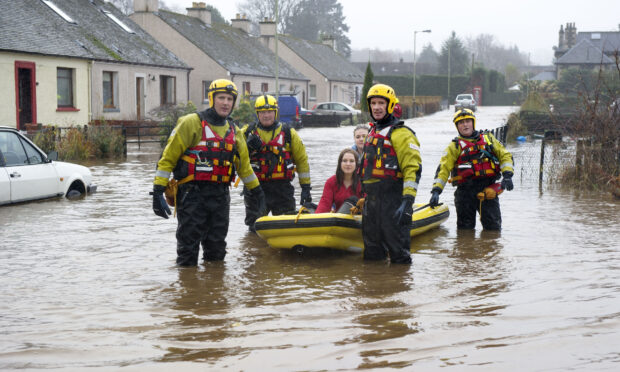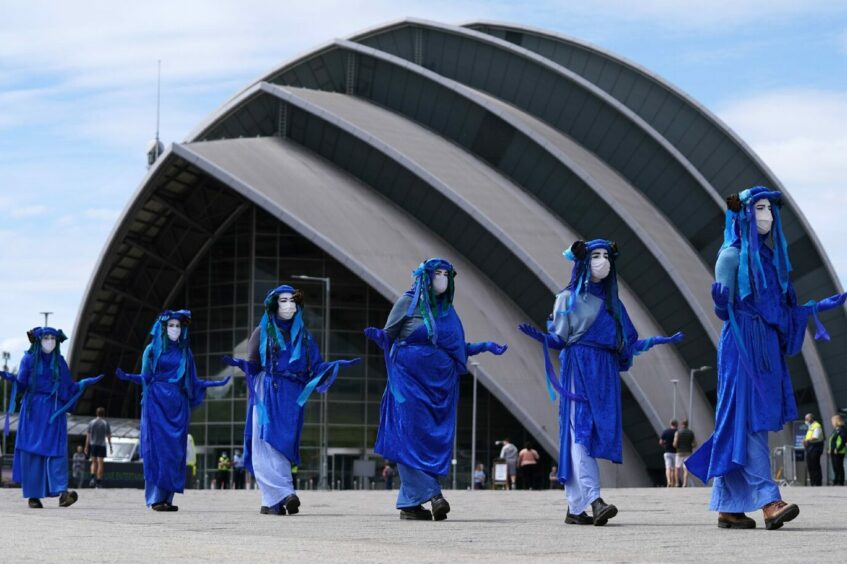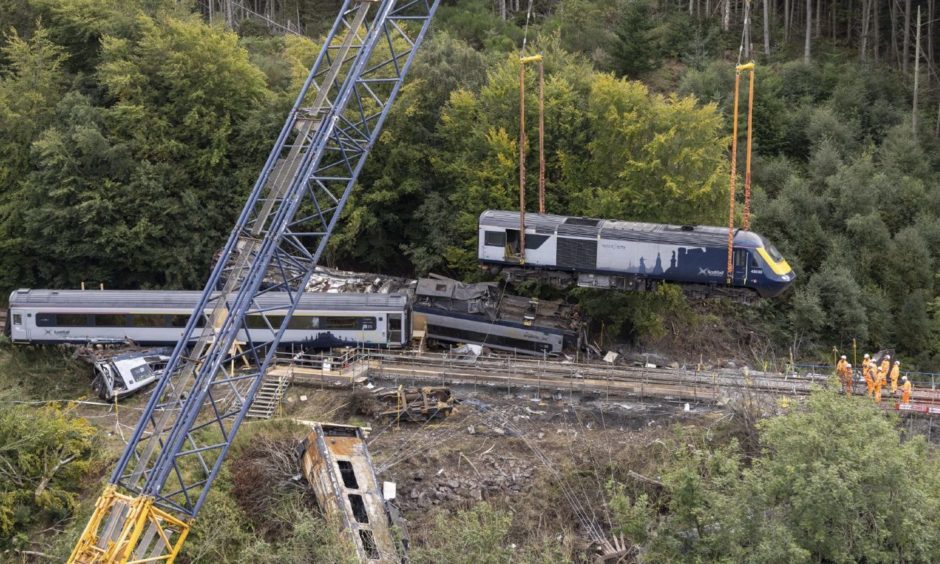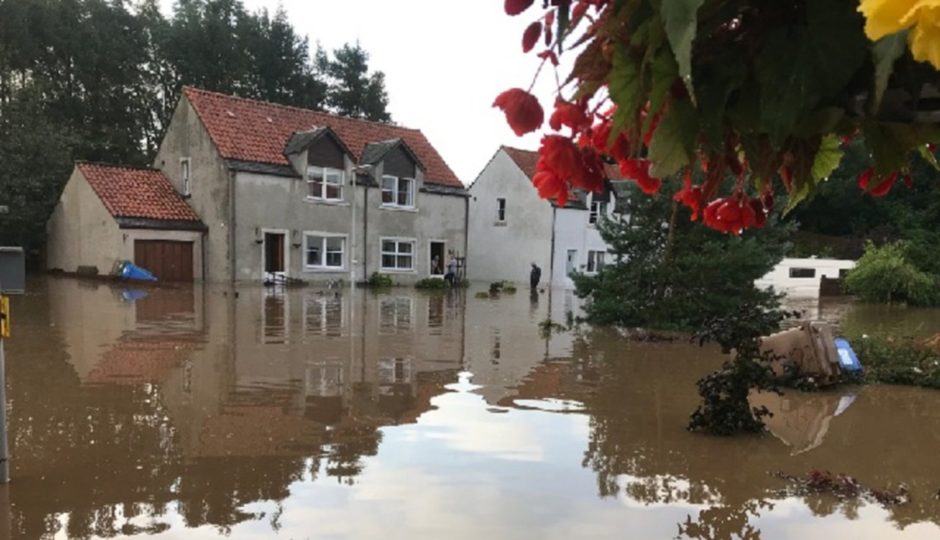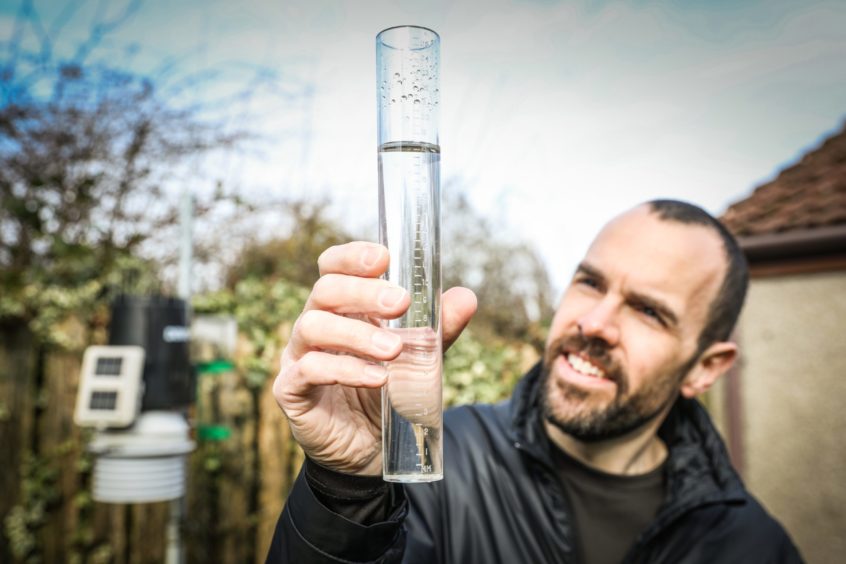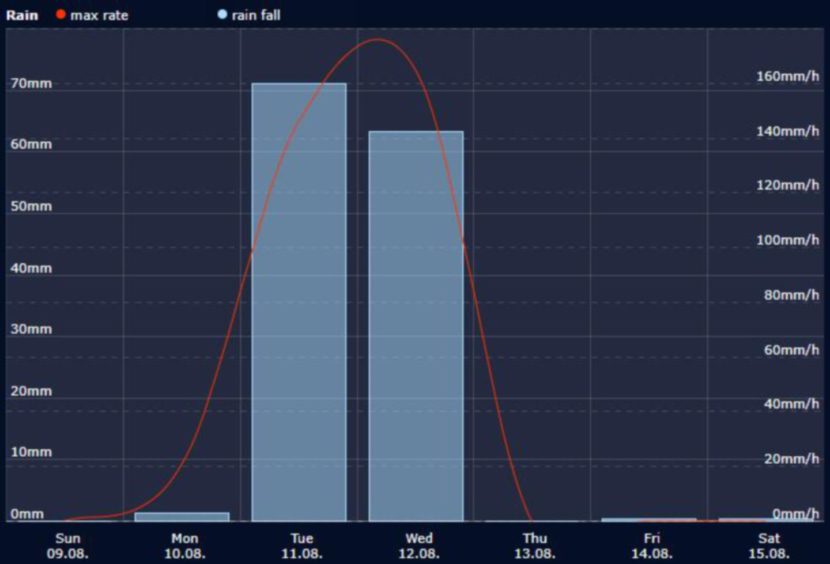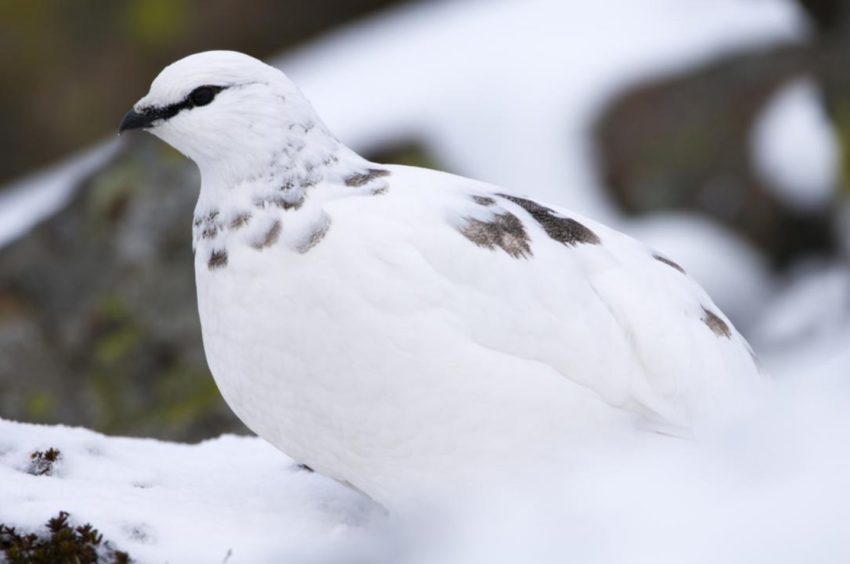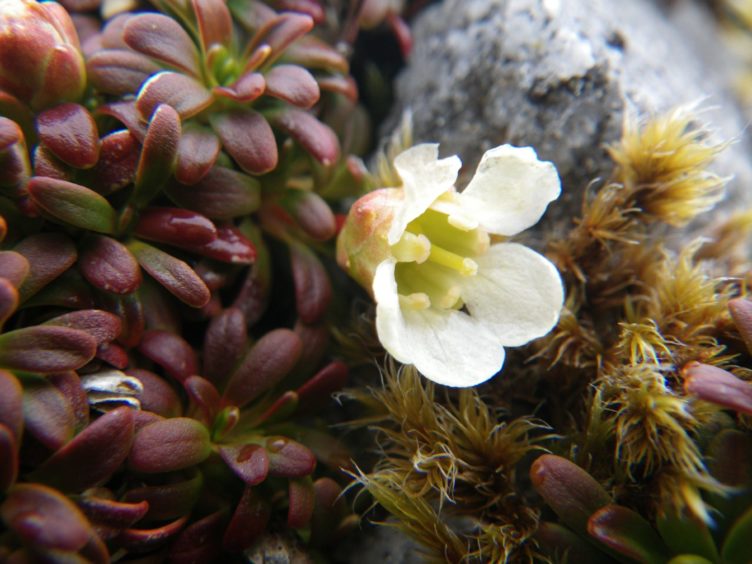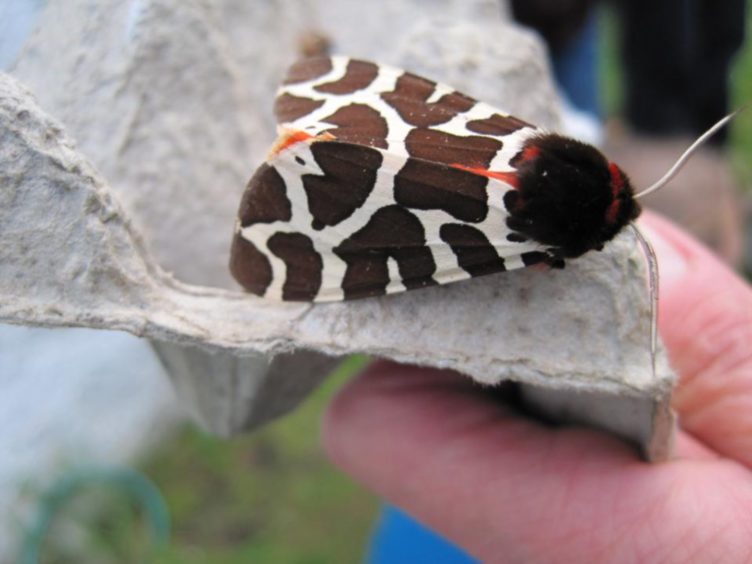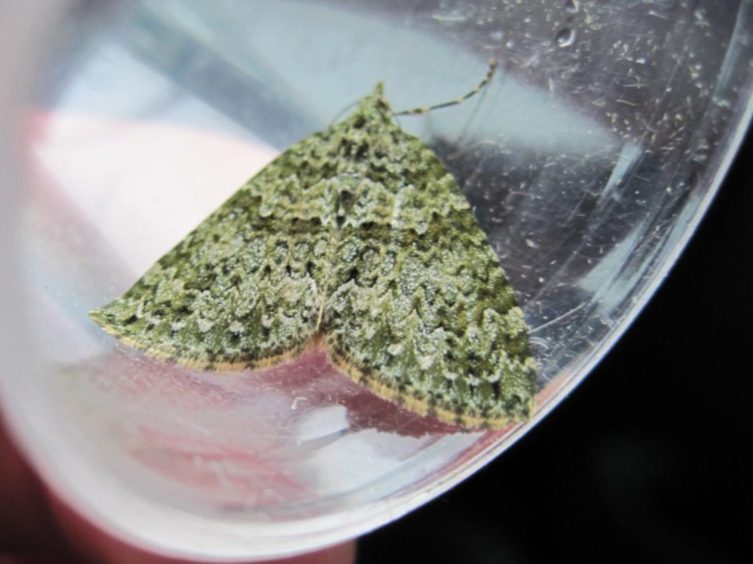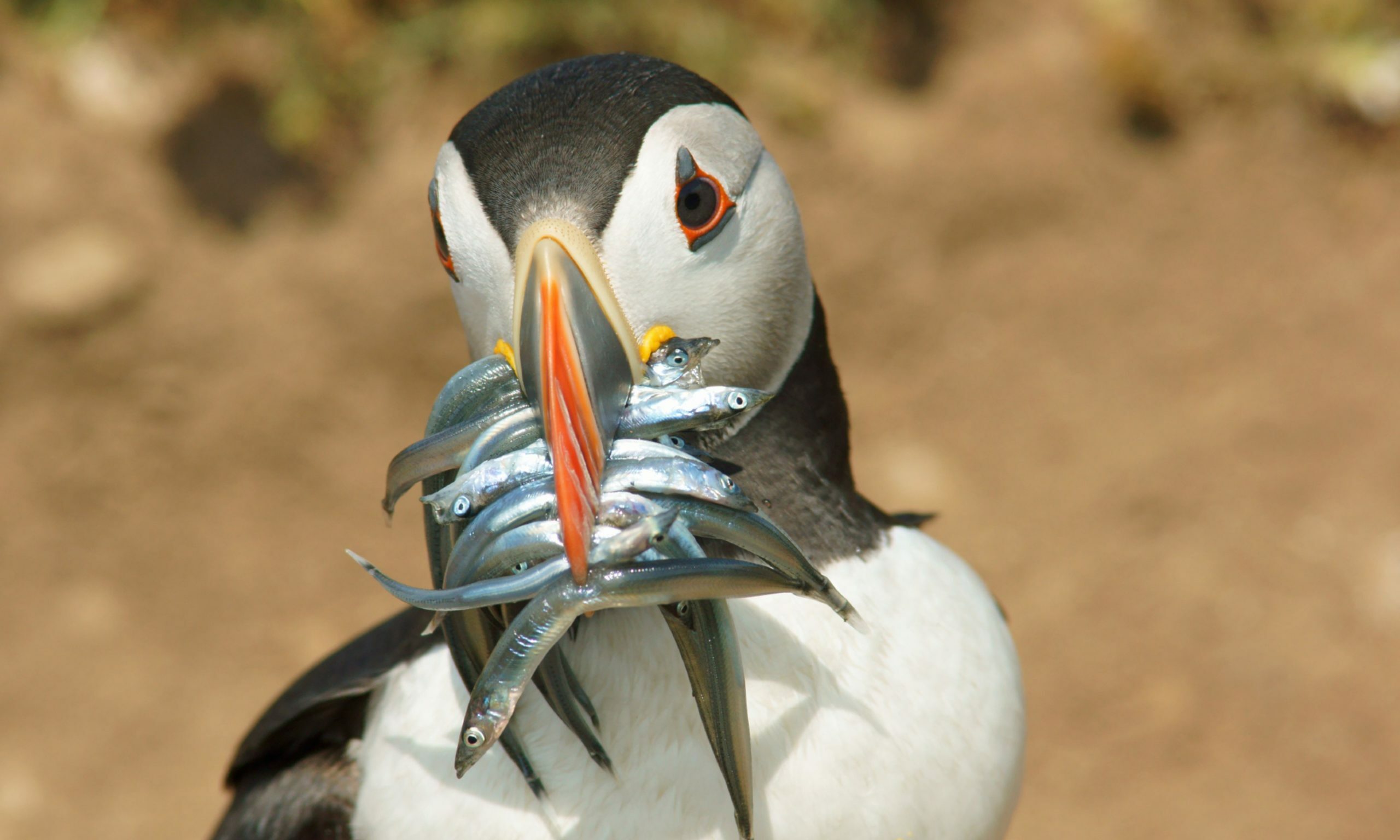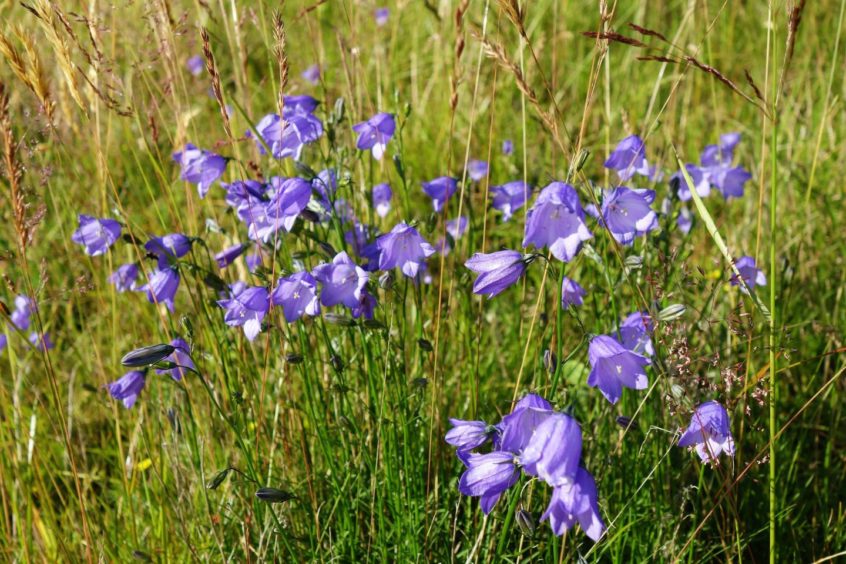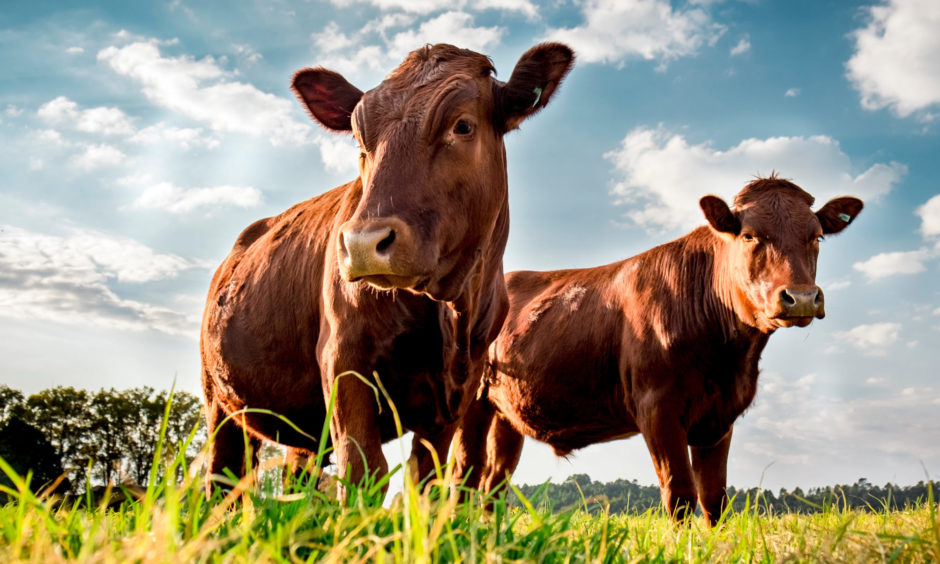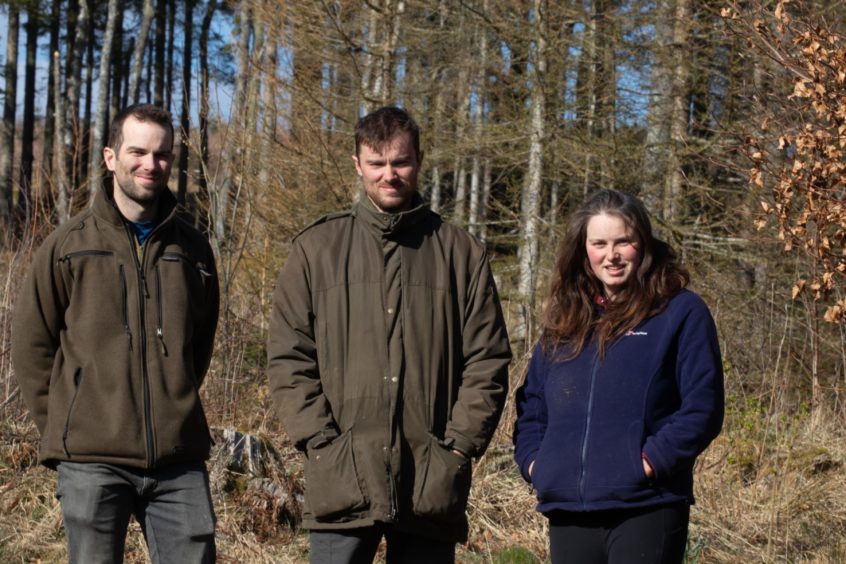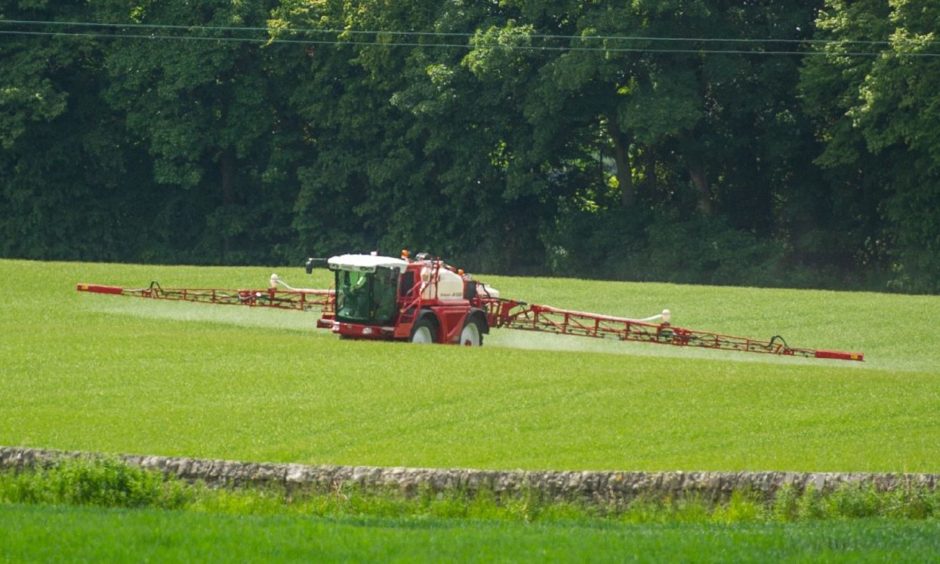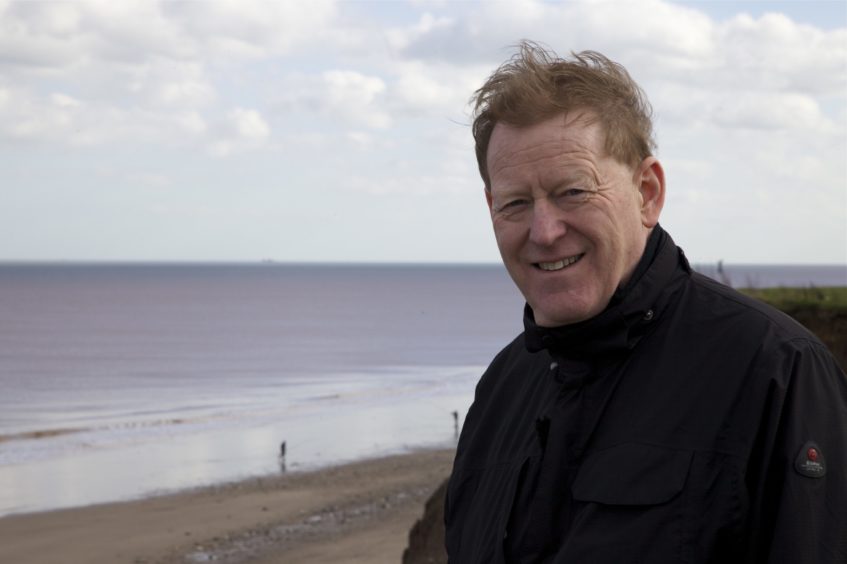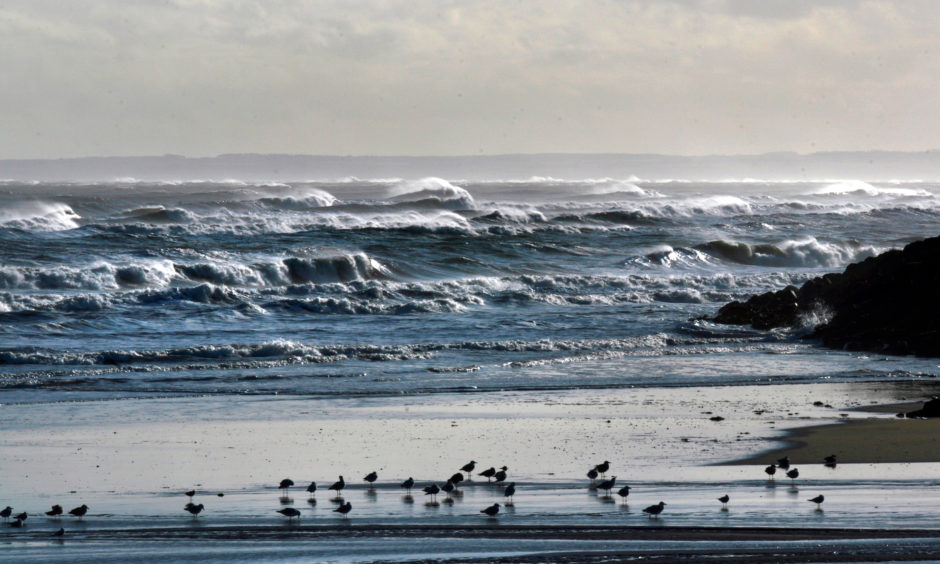As a ‘code red’ climate warning is sounded by the UN ahead of Cop26 in Glasgow, Michael Alexander finds out how climate change is already impacting on Scottish biodiversity, farming and infrastructure.
It was the landmark report that brought home what we already knew – that human activity is changing the climate in unprecedented and sometimes irreversible ways and that global warming is dangerously close to spiralling out of control.
The latest report from scientists of the Intergovernmental Panel on Climate Change (IPCC), published on August 9, warned that the deadly heatwaves, gargantuan hurricanes and other weather extremes that are already happening worldwide will only become more severe.
Described by U.N. Secretary-General António Guterres as a “code red for humanity”, many of the changes observed in the climate are unprecedented in thousands, if not hundreds of thousands of years, the report warned, and some of the changes already set in motion – such as continued sea level rise – will take just as long to reverse.
However, the report said strong and sustained reductions in emissions of carbon dioxide (CO2) and other greenhouse gases would limit climate change.
In November, the UN Cop26 conference in Glasgow will try to wring much more ambitious climate action out of the nations of the world, and the money to go with it.
But with the report warning that climate change is already with us, what impact is it already having on Scotland, and how much worse might it get?
Flash floods
From tinder dry hillsides, to flash floods and less predictable seasons for plants and animals, Perth-based Royal Scottish Geographical Society chief executive Mike Robinson says the signals of change are all pointing in the same direction – an increasingly warm and volatile climate.
Take August 2020. When torrential rain and highly-localised thunderstorms battered parts of central and eastern Scotland, it led to unprecedented levels of chaos rarely seen on such a scale.
Tragedy struck when a ScotRail service from Aberdeen to Glasgow hit a landslide south of Stonehaven, killing three people.
Dozens were rescued after a landslide at Pettycur Bay Holiday Park in Fife, while staff at Victoria Hospital in Kirkcaldy discovered their vehicles under water when the site car park flooded.
In all, the Scottish Fire and Rescue Service received more than 1,000 emergency calls in one night due to the severe weather amid multiple flooding, power outages and schools closing on the day they were due to return after lockdown.
Hospital workers’ cars wrecked and landslide at caravan park after apocalyptic storm batters Fife
The Fife village of Freuchie has been no stranger to flooding over the years, with flood mitigation measures installed at Freuchie Mills to combat previous problems.
However, when several houses were badly flooded again during last August’s downpour – prompting more expensive remedial action – residents said the intensity and longevity of both the rain and lightning was like nothing ever seen before.
“Even though we had been told it had flooded before, we were told it was a one-in-a-century chance,” says one former resident, whose house and garden was devastated by one-metre deep floodwaters when drains and a culvert overflowed and the street “filled up like a fish bowl”.
“But these intense rain events definitely seem to be getting more frequent. I think climate change will increasingly play a huge role and more people will find themselves dealing with the impact of flooding, wherever they live. There needs to be more scrutiny of where houses are built.”
‘Abnormal the new normal’
Amateur Fife weather enthusiast Graham Smith, 45, of Lochgelly, says “abnormal is the new normal” when it comes to our weather.
The cyber security engineer, who runs his FifeWeather website and Twitter account as a hobby, says it’s “quite alarming” to see weather records broken year-on-year worldwide.
The latest analysis of the UK climate, State of the UK Climate 2020 published in The Royal Meteorological Society’s International Journal of Climatology, show that all of the top-10 warmest years for the UK in records back to 1884 have occurred since 2002.
As well as increased temperatures, the UK has been, on average, 6% wetter over the last 30 years.
However, Graham is no longer surprised by the trends.
“While my 15 years of weather station records don’t constitute “climatic records”, there’s no denying that our weather is generally becoming more erratic, with extremes occurring with greater regularity and ferocity,” he says.
“Without significant global action being taken to reduce or, moreover, halt greenhouse gas and other emissions that contribute to the warming of our atmosphere and oceans, I only foresee more extreme and potentially life-threatening weather events to come.”
Measureable impact
Debbie Bassett, climate change co-ordinator and Cop26 co-ordinator for Scotland’s nature agency NatureScot, says climate change is already having a “measureable impact” on Scotland’s biodiversity and the inter-relationship between species.
For example, ptarmigan are running out of space as warming temperatures push them higher up our mountains, some insects and mosses are struggling, while changes to the timing of crane fly larvae hatching is impacting on the ability of the iconic capercaillie to feed their chicks.
Other examples include Diapensia. In the British Isles this pretty arctic alpine flower is found at the top of a single mountain in western Scotland. Although not thought to be currently declining and not likely to be lost in the short term, in the long term it simply can’t move any higher up the hill.
The distribution of the Garden Tiger moth in Scotland is stable, but numbers have been falling for a long time (85% decline between 1975 and 2018) with an increase in warm, wet winters due to climate change believed to be driving this decline.
The Red Carpet moth is a northern species restricted to higher altitudes in Britain, except in Orkney and Shetland where it occurs at lower elevations.
The steep declines of this moth are most pronounced in the southern half of its range, which is consistent with a negative response to climate change.
Many larger moths that have a northern and western distribution in Britain, and are associated with cool, damp climates, appear to be retreating.
Examples include Autumn Green Carpet and Grey Chi. While the causes are not known with complete certainty, these distribution declines are in keeping with expected responses to climate change.
Puffin colonies are also under threat as warmer seas reduce their sandeel food source, while increased flooding from heavy storms has seen more eggs and chicks destroyed.
Sometimes, however, it can be difficult to disentangle the effects of climate change from other pressures like pollution or land intensification.
“It can be difficult to work out which is driving the change,” says Debbie, a self proclaimed optimist who admits that the IPCC report “knocked the wind” out of her.
“One of the things we do know is that as climate change gets worse, it also makes the impact of the other pressures even worse. It’s kind of like a double whammy on nature and people.
“In terms of species across Scotland, we know there’s about a 24% decline in their amount. It’s not that we’ve lost species, but for each individual type it’s going down.”
Debbie says that while global floods and wildfires are “big and obvious”, the changes in nature are more subtle and slow and often go unnoticed until a longer time period has passed.
As a child she remembers her dad having to stop the car to clear the windscreen because it was covered in insects. Yet today that’s unheard of because insects have declined.
“We are concerned that young people today have a lower baseline. They think today’s landscape is what nature is, yet it’s not and it shouldn’t be like this,” she adds.
In the run-up to Cop26, NatureScot is trying to promote “making space for nature” whether that be on your windowsill, in the park or at work.
With much of the human race now “disconnected” from nature despite having evolved as part of the same system for thousands of years, ways have to be found to “use and help nature to help us instead of pushing it to the side lines in the corner of a field”.
However, while Scotland has “really ambitious” targets to have net-zero carbon emission by 2045, and to be 75% of the way there by 2030, there has to be a meaningful global approach which underlines why Cop26 is so “monumentally important.”
“It’s estimated that about a third of climate change targets are going to be met by nature,” says Debbie, “and the only way nature can do that is if we look after it better than we are now. The more diverse nature is, the more robust it is, and the more it is able to cope with shocks like climate change.”
Farmers at sharp end
Farmers are often in the spotlight when it comes to discussions around climate change and greenhouse gas emissions from livestock.
However, many farmers are also at the sharp end when it comes to the impact of extreme weather.
As stakeholders representing agriculture and the environment, the Scottish Wildlife Trust and NFU Scotland have agreed that a sustainable agricultural sector and a thriving natural environment can be mutually supportive of one another.
Through Champions for Change – a collaborative project to demonstrate that there are real champions within the industry that want to see a powerful change of direction – there’s an acknowledgement that policies for agriculture, the rural economy, and climate change and the environment have conflicted in the past.
For example, farmer Patrick Barbour, from Highland Perthshire, recently won the search for Scotland’s climate friendly farming champion.
Patrick’s innovative three-minute video entry, filmed at Mains of Fincastle, near Pitlochry, illustrated the benefits of tree planting, species rich grassland, rotational grazing for cattle and sheep and stitching nitrogen fixing crops into pastures.
In a family affair, Patrick’s sister Catherine and brother Robert also appear in the video to describe the family farm’s approach to sustainable farming.
Hugh Ironside, of SAC Consulting, is a Cupar-based senior agricultural consultant advising farmers and land users in Fife.
He says fluctuations in very wet and very dry conditions mean that farmers are having to enhance their irrigation capabilities while at the same time improve often long-neglected arterial drainage.
In productive areas like Fife, with high- value crops, this means “quite considerable money” is having to be spent.
Also impacting, however, is the banning of various plant protection products. This means there’s a “greatly-diminished armoury” to combat beasties like slugs, flea beetles and leatherjackets.
“Farmers are working out their carbon footprints and trying to get their heads around carbon dioxide equivalents per tonne of grain produced etc,” says Hugh.
“That’s partly government-policy driven, but everyone’s realising this is the way things are going and everyone’s going to have to understand that. In Fife, one of the big things is the utilisation of nitrogen fertilisers.
“We’ve got to remember that the world wouldn’t be able to feed six billion people if it wasn’t for nitrogen fertiliser, but it is one of the contributors to the carbon footprint of crops. So we’ve got to be re-examining how we’re using it and perhaps more accurately
using it.”
Sea level rise
Professor Rob Duck, emeritus professor of environmental geoscience at Dundee University, says the debate about climate changed hasn’t really changed in the 10 years since he wrote a book called This Shrinking Land: Climate Change and Britain’s Coasts.
He finds it “incredible” how slow people have been to react to the climate crisis after decades of awareness raising, including features in The Courier.
However, its impact is already being felt locally. Since 1900, sea levels in the Tay – depending on location – have gone up somewhere between 3cm and 6cm, in spite of post-Ice Age isostatic recovery.
Models predict at least a 25cm rise in sea levels in the Tay Estuary by the end of this century, and it’s on that basis that new flood defences have been built at Broughty Ferry and on Dundee’s Riverside.
“Those defences are absolutely great,” he says, “but they are only temporary really. They are only going to last 20-30 years until things get potentially worse, unless we are able to curb emissions and somehow reduce the acceleration of sea-level rise.
Dramatic flood maps show Dundee and Fife landmarks underwater by 2050
“The thing I always like to emphasise is we are seeing a greater frequency of extreme events now – rainfall, flooding, landslides, forest fires – all these things. But I don’t think the magnitude of them is changing at all. They are just happening more often.”
Prof Duck said melting ice caps-glaciers and “thermal expansion” of water as it heats up were both responsible for rising sea levels.
He said this was all due to global temperatures rising since the industrial revolution and the start of the massive use of fossil fuels like coal.
With climate change already happening and likely to get worse, he said the world had to “adapt”.
In some parts of the country this might include giving up some areas to the sea or, in the case of the Tay, giving up some former flood-plains back to nature through “managed realignment”.
“The implications are that with areas vulnerable to flooding and sea-level rise, you can’t just go on building higher and higher defences and higher walls – you’ve got to look at relocating settlements to more secure sites inland,” he says.
“You’ve also got to think about old defences being knocked down and make space for water in areas that are perhaps just used for agriculture at the moment.
“Say parts of the inner Tay, inner Forth – those sorts of areas allowing more space for water where it won’t cause any disruption to infrastructure.
“The key word is we’ve got to ‘adapt’ to it, because on an island like Britain there’s going to be winners and losers from climate change, particularly on the coast.”
